40 Authentic Southeastern European Sheep Cheeses to Taste
Sheep cheeses from southeastern Europe represent a culinary treasure trove of remarkable flavors and ancient traditions.
Regional shepherds have perfected these delectable dairy products through generations of meticulous craftsmanship.
Each variety carries unique characteristics reflecting its specific geographical origin and cultural heritage.
Mountainous landscapes and rich pastoral environments contribute significantly to the distinctive qualities of these artisanal creations.
Robust and complex, these cheeses showcase the nuanced relationships between terrain, climate, and livestock breeding practices.
Intense flavor profiles range from mild and creamy to sharp and tangy, offering sensory experiences that transport you through centuries of agricultural expertise.
Passionate cheese enthusiasts appreciate the remarkable depth and complexity these southeastern European sheep cheeses provide: here are 38 classic selections to savor:
Which Southeastern European Sheep’s Milk Cheese Types Are a Must?
Southeastern Europe is famed for sheep’s milk cheeses, creamy, tangy, and full of local character. Explore types beloved in markets and on tables across the region.
Graviera Kritis
Graviera Crete is a legendary Greek cheese crafted through generations-old techniques from sheep and goat milk in Cretan prefectures.
Shepherds allow their animals to graze freely on island meadows, infusing the milk with unique herbal flavors and exceptional quality.
Produced primarily in Hania, Rethymnos, Iraklion, and Lasithio regions, this hard cheese boasts a light yellow appearance and firm consistency.
Sheep milk dominates the recipe, with goat milk comprising up to 20% of the mixture.
Traditional cheesemaking methods ensure its distinctive character and rich taste profile.
Local plants consumed by the grazing animals contribute to the cheese's nuanced flavor complexity.
Aged in specialized facilities, graviera represents Cretan dairy craftsmanship at its finest.
Cheese connoisseurs prize this variety for its smooth texture and robust taste that reflects the island's pastoral landscape.
Kefalograviera
Kefalograviera is a distinctive hard Greek cheese blending flavors of Kefalotyri and Graviera, originating in western mainland Greece during the 1960s.
Crafted primarily from sheep's milk or a sheep-and-goat milk mixture, this cheese stands out with its firm texture and light brown rind.
Wheel or wedge-shaped, Kefalograviera has rapidly gained popularity across Greece, with annual production reaching approximately 3,000 tons.
Salty and intensely flavored, the cheese offers a complex taste profile that complements various Greek dishes.
Saganaki, a popular fried cheese preparation, frequently features Kefalograviera as its star ingredient.
Produced in regions like Western Macedonia, Epirus, and Aitoloakarnanina, this cheese represents a modern addition to traditional Greek dairy products.
Restaurants and home cooks embrace Kefalograviera for its versatile culinary applications.
Kalathaki Limnou
Kalathaki cheese represents a distinctive brined white cheese originating from Lemnos island in Greece, crafted exclusively from sheep or mixed sheep and goat milk harvested from animals grazing freely on wild mountain grasses.
Greek cheesemakers carefully drain fresh curds inside small woven baskets, creating its unique cylindrical shape during organic acidification.
Unique basket-draining techniques distinguish this cheese from standard feta production methods.
Shepherds traditionally select milk from local herds roaming northern Aegean landscapes.
Rigorous processing involves submerging cheese-filled baskets in brine for minimum two-month maturation periods.
Mild flavors reflect the natural mountain vegetation consumed by grazing animals.
Rich protein content makes it perfect for grilling or crumbling over salads.
Authentic Kalathaki requires specific geographic origin and traditional production techniques.
Sfela
Sfela cheese originates from Greece's Peloponnese region as a distinctive semi-hard sheep or goat milk product with deep regional roots.
Generations of shepherds in Messinia and Lakonia have perfected this traditional cheese-making technique spanning over a century.
Skilled artisans carefully divide fresh curds and reheat them during production.
Cheesemakers drain the heated curds through cheesecloth and slice them into thin strips called 'sfelas'.
Salt plays a crucial role in developing the cheese's complex flavor profile.
Careful preservation happens by storing these salted strips in brine-filled tin containers.
Maturation requires a minimum of three months to develop its signature taste.
Sfela delivers a rich, tangy flavor that reflects Greece's pastoral cheese-making heritage.
Graviera Agrafon
Graviera Agrafon cheese stands as a distinctive Greek mountainous delight crafted exclusively from sheep milk or a blend with up to 30% goat milk.
Mountain herb essences permeate its rich flavor profile, creating a sensory experience unique to Greece's Karditsa prefecture.
Skilled artisans ripen this hard, round cheese for approximately three months, allowing complex microflora to develop across its surface.
Weighing between 2 to 3 kilos, the cheese emerges with a robust character and intricate aromatic notes.
Traditional production methods ensure its distinctive texture and taste remain consistent.
Generations of cheesemakers have perfected this technique in the rugged Agrafon region.
Historical records confirm its century-long production legacy.
Regional terrain and animal grazing patterns contribute significantly to its exceptional quality.
Kefalotyri
Kefalotyri is a robust Greek-Cypriot cheese with deep Byzantine roots, crafted from goat or sheep milk and prized for its distinctive sharp, salty flavor profile.
Cheese makers produce two primary varieties: a younger version aged 2-3 months with milder characteristics and an intensely flavored aged version maturing for at least one year.
Historians consider kefalotyri the original predecessor of most hard Greek cheeses, distinguishing it as a significant culinary artifact.
Mediterranean regions have long embraced this cheese for its complex taste and traditional preparation methods.
Irregular eyes punctuate its firm, flaky texture, creating visual interest alongside its powerful aroma.
Serious cheese enthusiasts appreciate its spicy undertones and rich sensory experience.
Grecian shepherds developed this specialty cheese centuries ago, perfecting techniques passed through generations.
Modern gastronomes continue to celebrate kefalotyri as a testament to Greece's remarkable dairy craftsmanship.
Ladotyri Mytilinis
Ladotyri Mytilinis stands as a distinctive Greek sheep's milk cheese exclusively crafted on Lesbos island with unparalleled regional character.
Characterized by its pale yellow color and intense saltiness, this hard cheese delivers a slightly spicy flavor profile that distinguishes it from other Mediterranean varieties.
Artisan producers create the cheese using sheep's milk or a blend containing up to 30% goat's milk in special cylindrical moulds.
Traditional preservation methods involve submerging the cheese in olive oil or sealing it with paraffin wax to enhance its complex taste and texture.
Skilled island producers follow generations-old techniques to maintain the cheese's authentic preparation methods.
Northern Aegean cheesemaking traditions deeply influence its unique production process.
Maturation plays a critical role in developing its robust fragrant aroma and distinctive characteristics.
Regional regulations ensure Ladotyri Mytilinis remains a protected culinary treasure of Lesbos.
Formaella Arachovas Parnassou
Formaella Arachovas Parnassou is a distinctive semi-hard Greek cheese crafted in Arachova, nestled below mount Parnassus, with a century-long tradition of production.
Mountain goats and sheep provide the unique milk, enriched by local herbs and plants that influence its exceptional flavor profile.
Artisan cheesemakers carefully curdle the milk, dividing the curd and placing it into special reed mats and baskets for salting and drying.
These techniques create its signature cylindrical shape with pale yellow coloration and characteristic striped texture.
Compact in structure, the cheese offers a pleasant taste and rich aroma that complements various culinary preparations.
Locals typically enjoy formaella plain, grilled, or fried as a versatile ingredient in regional Greek dishes.
Mountain-dwelling animals contribute to its distinctive character, reflecting the rugged landscape of central Greece.
Generations of cheesemakers have perfected this traditional cheese, preserving its authentic regional identity.
Njeguski Sir
Njeguski sir stands as Montenegro's signature sheep's milk cheese, crafted through a meticulous process that transforms raw milk into a golden-yellow delicacy.
Shepherds press the cheese using traditional wooden molds and stone weights, creating a unique texture and intense flavor profile.
Craftsmen first drain the curd in cheesecloth and shape it carefully in specialized wooden containers.
Salting occurs after one day of initial pressing, enhancing the cheese's complex taste.
Wooden storage boxes protect the developing cheese during its critical maturation phase.
Aging continues for at least four weeks, allowing deeper flavors to develop naturally.
Salt crystals gradually emerge, contributing to its distinctive milky-sour character.
Mountain pastures and time-honored techniques define this exceptional Montenegrin cheese, reflecting generations of shepherding expertise.
Feta
Feta dominates Greek cheese culture as a briny, tangy white cheese crafted from sheep's milk or a blend with goat's milk in traditional regions like Macedonia and Thessaly.
Cheesemakers carefully pour milk into large square or triangular molds, then preserve the cheese in wooden barrels or tin containers filled with salty brine.
Authentic production involves using non-pasteurized milk, though modern methods now permit pasteurization.
Greek regulations strictly control its production, ensuring only specific regions can create true feta.
Artisan producers follow centuries-old techniques passed through generations, maintaining the cheese's distinctive crumbly texture and sharp flavor profile.
Versatile feta enhances salads, pastries, and Mediterranean dishes with its salty, creamy essence.
Consumers worldwide recognize this iconic Greek cheese as a staple of Mediterranean cuisine.
International protected designation of origin status safeguards feta's authentic cultural heritage.
Myzithra
Myzithra is a traditional Greek cheese crafted from sheep or goat milk whey, offering a unique flavor profile that ranges from mild and fresh to tangy and aged.
Greek shepherds originally developed this versatile cheese as a way to use leftover whey after making primary cheese products.
Fresh myzithra appears soft and unsalted, often shaped into egg or ball forms with a delicate texture.
Cheesemakers create three distinct varieties: fresh, sour, and aged versions that provide different taste experiences.
Aged myzithra develops a harder consistency and stronger flavor, making it ideal for grating over pasta dishes.
Mediterranean cuisine frequently incorporates this cheese in multiple recipes, from salads to baked dishes.
Restaurants and home cooks across Greece prize myzithra for its adaptability and authentic regional character.
Manouri
Manouri is a luxurious Greek whey cheese originating from Central and Western Macedonia and Thessalia, boasting a silky smooth texture and rich Byzantine heritage.
Greek shepherds carefully craft this unique cheese by adding milk and cream to sheep's or goat's milk whey leftover from feta production.
Cylindrical in shape and known as Manoypi, the cheese offers a mild, slightly tangy flavor profile that distinguishes it from traditional feta.
Its creamy consistency allows for easy slicing and versatile culinary applications.
Shepherds in the Mplatsi province create particularly exceptional variations of this cheese.
Historical records trace manouri's origins back to the Byzantine period, highlighting its deep cultural significance.
Unlike saltier cheeses, manouri presents a delicate, milky aroma that appeals to cheese connoisseurs.
Regional techniques and traditional production methods ensure manouri remains a distinctive Greek dairy delicacy.
Xynomyzithra Kritis
Myzithra cheese originates from Crete's rich dairy traditions, representing a unique Greek cheese crafted from whey produced during Graviera or Kefalotyri cheese processing.
Sheep or goat milk gets added to create its distinctive tangy flavor profile, resulting in a soft, creamy texture that melts smoothly on the palate.
Greeks have perfected this cheese-making technique since the 17th century, primarily in Cretan prefectures like Chania, Rethymno, Heraklion, and Lasithi.
Its name combines two Greek words: "mizithra" and "xyno," which translate to "acidic whey cheese." Artisan cheesemakers carefully blend different milk types to enhance its complex taste.
Myzithra works exceptionally well in traditional Greek dishes, adding depth and richness to various recipes.
Mediterranean cuisine celebrates this versatile cheese for its unique tanginess and smooth consistency.
Galotyri
Galotyri is a traditional Greek soft cheese originating from Epirus and Thessaly, crafted from sheep or goat milk with a unique creamy texture and slightly sour aroma.
Shepherds carefully produce this distinctive cheese during August using thick summer milk from mountain-raised animals.
Artisan chefs transform the milk and yogurt blend into a smooth, rindless specialty with exceptional flavor profiles.
Greeks enjoy galotyri as a versatile ingredient, often substituting it for feta in various recipes.
Summer milk contributes to its rich, fatty consistency and fresh taste.
Mountain regions provide ideal conditions for creating this exceptional dairy product.
Regional traditions carefully preserve galotyri's distinctive preparation methods.
Ouzo and raki perfectly complement this lesser-known but remarkable Greek cheese.
Kopanisti
Kopanisti is a creamy Greek cheese with an intense, spicy flavor originating from the Cyclades islands in the Aegean Sea.
Goats, sheep, and occasionally cows provide milk for this unique cheese, grazing on endemic aromatic plants that deeply influence its distinctive taste.
Fermentation by specific bacteria creates a peppery profile similar to Roquefort, giving Kopanisti its signature sharp character.
Producers enhance the cheese's richness by adding fresh butter, which can comprise up to 15% of its total weight.
Mykonos and Tinos are renowned for producing the most exceptional varieties of this spreadable delicacy.
Traditional cheesemaking techniques combine with local animal diets to create a complex flavor profile.
Modern methods have refined the production process while maintaining the cheese's authentic essence.
Branza De Burduf
Branza de burduf represents Romania's most distinctive mountain cheese, crafted from rich sheep or buffalo milk and traditionally stored inside sheep stomachs or pine bark tubes.
Shepherds in Transylvania's mountainous regions developed this unique preservation method centuries ago to extend milk's shelf life during long grazing seasons.
Romanian shepherds carefully clean sheep stomachs before stuffing them with tangy, aged cheese that develops intense flavors through natural fermentation.
Mountain communities prize this cheese for its sharp, concentrated taste and creamy texture that differs from standard cheese varieties.
Artisan cheesemakers continue this ancient technique, transforming fresh milk into a robust delicacy that connects modern consumers with rural Romanian traditions.
Small batches ensure exceptional quality and maintain generational cheesemaking skills passed through families.
Authentic branza de burduf remains a treasured symbol of Romania's pastoral heritage.
Malaka
Malaka represents a fresh Greek curd cheese exclusively crafted in Crete from pure sheep's milk or a blend of sheep and goat milk.
Produced during Graviera cheese production, this soft and moist cheese boasts a distinctive milky flavor.
Creators carefully extract the cheese during the initial shaping process of Graviera.
Shepherds traditionally make Malaka with meticulous attention to milk quality and texture.
Regional techniques ensure its smooth consistency and authentic taste.
Milk selection plays a crucial role in developing its unique characteristics.
Mediterranean dairy traditions influence its preparation method.
Small-batch production maintains its authentic regional profile.
Talagani
Talagani stands out as a distinctive Greek cheese crafted from sheep's and goat's milk in the Peloponnese region, boasting a firm texture and uniquely tangy profile.
Mediterranean cuisine celebrates this specialty for its versatile grilling properties and smooth melting characteristics.
Producers carefully blend sheep and goat milk to create its signature taste and consistency.
Traditional cheesemaking techniques involve precise temperature control and aging processes.
Rural Greek farmers have perfected this cheese through generations of expertise.
Regions surrounding Peloponnese contribute to its cultural significance and production methods.
Culinary experts frequently compare talagani to halloumi due to similar grilling qualities.
Restaurants often serve this cheese as a warm appetizer or integrated into various Mediterranean dishes.
Sjenicki Sir
Sjenicki sir epitomizes Serbia's traditional dairy craftsmanship through its distinctive brined white cheese originating from southwest Serbia's Sjenica-Pester plateau.
Shepherds create this unique cheese using either sheep's or cow's milk with a meticulous production process that transforms fresh milk into a salt-infused delicacy.
Cheesemakers carefully mix raw milk with rennet, allowing natural curdling to develop the cheese's signature texture.
After forming the initial curds, producers drain the whey and slice the cheese into precise layers within wooden barrels.
Salt generously seasons each layer, enhancing flavor and preservation potential.
Workers carefully weight the cheese with stones or wooden objects, ensuring proper compression and texture development.
Ripening occurs slowly, submerged in whey for 20 to 60 days, which intensifies the cheese's complex taste profile.
Regional traditions and precise techniques contribute to Sjenicki sir's exceptional quality and cultural significance.
Krasotyri
Krasotyri emerges as a distinctive Greek cheese from Kos island, crafted through a unique wine-infused aging process that transforms sheep's or goat's milk into a delicate delicacy.
Mediterranean shepherds carefully warm and pasteurize the milk before pouring it into traditional elongated wicker molds for initial draining.
Wine sediment plays a crucial role in developing the cheese's signature flavor profile during its 20-day aging period.
Brining adds depth to the cheese's complex taste experience.
Shepherds meticulously monitor each stage of production to ensure quality.
Soft and aromatic, krasotyri carries subtle wine-like undertones that distinguish it from other regional cheeses.
Rural Greek communities have preserved this artisanal technique for generations.
Wine enthusiasts and cheese lovers appreciate its nuanced wine-infused character.
Telemea De Ibanesti
Telemea de Ibănești represents a traditional Romanian sheep or cow's milk cheese crafted in Gurghiu valley with distinctive brining techniques.
Distinctive white to yellowish-white blocks emerge from carefully controlled production methods that create a uniquely crumbly texture.
Makers submerge fresh cheese blocks in salt water, which develops increasingly complex flavor profiles over time.
Sweet and sour notes mingle with creamy undertones that intensify during aging processes.
Romanian shepherds have perfected this cheese-making technique through generations of careful preparation.
Salt levels determine the cheese's final taste and consistency, creating nuanced regional variations.
Rural communities consider Telemea an essential component of traditional Romanian cuisine.
Dairy artisans continue transforming simple milk into sophisticated cheese products that reflect cultural heritage.
Pirotski Kackavalj
Kačkavalj is a traditional Serbian spun cheese originating from Pirot with a distinctive bright-yellow crust and smooth surface.
Shepherds originally crafted this tangy cheese from sheep milk of two indigenous Pirot mountain breeds grazing freely on Stara Planina slopes.
Modern production has evolved to include unpasteurized sheep, cow, or mixed milk varieties.
Skilled artisans carefully hand-stir the milk during processing to create the signature texture.
Steaming the curd in woven baskets remains a crucial step in developing its unique flavor profile.
Regional techniques preserve the cheese's rich cultural heritage and artisanal craftsmanship.
Each wheel reflects generations of traditional Serbian dairy expertise.
Mountain pastures and careful preparation contribute to kačkavalj's exceptional taste and quality.
Batzos
Batzos embodies Greece's rustic cheese-making tradition, crafted from sheep's or goat's milk in Thessaly and Macedonia regions.
Distinctive for its square shape and unique brining process, this semi-hard cheese offers a complex flavor profile ranging from salty and sour to mildly spicy.
Low-fat content around 20% makes it an excellent choice for health-conscious individuals seeking flavorful alternatives.
Rindless and versatile, batzos can be enjoyed grilled, fried, or served as part of appetizer platters.
Traditional production methods involve carefully selecting fresh or pasteurized milk from local herds.
Artisan cheesemakers follow generations-old techniques to ensure authentic taste and texture.
Mountainous landscapes and specific livestock breeds influence the cheese's distinctive qualities.
Cas
Casis an artisanal fresh cheese originating from pastoral regions with a unique production method involving raw cow or sheep milk transformation.
Artisan cheesemakers carefully curdle the milk using traditional rennet techniques to create its distinctive texture.
Smooth and almost squeaky, this semi-soft cheese presents a pristine white appearance with minimal salt content.
Shepherds and rural dairy producers have crafted this cheese for generations in mountainous regions.
Its delicate flavor profile makes it perfect for fresh consumption or light culinary applications.
Rural communities consider casis a staple dairy product with deep cultural significance.
Minimal processing allows the natural milk characteristics to shine through completely.
Pichtogalo Chanion
Pichogalo Chanion is a traditional Cretan spreadable cheese crafted from raw sheep or goat milk in Chania prefecture, embodying centuries of culinary heritage.
Breeders create this rindless, compact cheese in specialized 'mitata' rooms that maintain perfect humidity levels for aging.
Produced primarily at local breeding sites, this creamy cheese boasts a distinctive flavor profile with subtle saltiness and pronounced sourness.
Its milky texture carries a yogurt-like aroma that instantly transports you to Cretan landscapes.
Shepherds have perfected this cheese-making technique through generations of expertise.
Non-pasteurized milk ensures rich, authentic taste characteristics.
Small-batch production methods contribute to its unique regional identity.
Smooth and spreadable, Pichogalo Chanion represents the essence of Cretan dairy traditions.
Anthogalo
Anthogalo is a legendary Cretan sheep's milk cheese with mythological origins traced to Polyphemus, featuring a luxurious creamy texture that melts smoothly on the palate.
Greek shepherds carefully craft this delicate cheese by heating sheep's milk until it boils, then adding yogurt and rennet while stirring with a traditional wooden spoon.
Skilled artisans strain the milk's rising cream through cheesecloth, allowing it to dry in cool, dark spaces for several days.
The resulting cheese develops a rich, buttery consistency perfect for spreading on bread or crackers.
Refrigeration helps preserve its unique flavor and soft texture.
Mythology suggests this cheese has ancient roots in pastoral traditions.
Mediterranean cuisine celebrates its unique production method.
Rural Cretan communities have maintained this cheese-making technique for generations.
Krasotiri Ko
Krasotiri KoorTiri tis Possias is a distinctive Greek cheese from Kos island, uniquely aged in boiled red wine sediment that infuses its exterior with a reddish rind and complex wine-like aromas.
Crafted from pasteurized or raw goat's and sheep's milk, this traditional cheese develops a white interior with remarkable depth of flavor.
Ripened initially in brine for one day, the cheese then matures for at least one month in its signature wine-based mixture.
Cylindrical in shape, the cheese bears visible mold indentations that hint at its artisanal production method.
Winemakers and shepherds collaborate to create this specialty, which balances milky smoothness with subtle acidic notes.
Its unique aging process transforms ordinary milk into an extraordinary regional delicacy.
Cheese lovers prize its intricate flavor profile and connection to local agricultural traditions.
Mediterranean culinary techniques shine through this exceptional cheese's careful preparation and distinctive character.
Souroto
Souroto represents a creamy white cheese originating from Folegandros, a picturesque Greek island known for its distinctive dairy products.
Crafted primarily from goat or sheep milk (or a blend), this soft cheese boasts a smooth texture with subtle salty and peppery undertones.
Closely resembling Mykonos tyrovolia, souroto stands out as a beloved local delicacy among island residents.
Grecian wine lovers frequently pair this cheese with regional vintages as a classic appetizer.
Mediterranean culinary traditions highlight souroto's versatility in traditional Greek cuisine.
Residents enjoy this cheese as a quick snack or elegant starter during casual gatherings.
Its mild flavor profile makes souroto an ideal accompaniment to various dishes and drinks.
Small-batch production ensures each wheel maintains exceptional quality and authentic island character.
Vlasicki Sir
Travnicki cheese represents an authentic Bosnian dairy delicacy crafted from raw sheep milk and natural calf rennet.
Bosnian shepherds carefully prepare this traditional cheese by straining and cutting milk into precise blocks.
Makers salt these blocks and immerse them in wooden barrels filled with brine for careful aging.
Regional mountain pastures contribute distinctive flavor characteristics to the cheese's unique profile.
Salt and aging processes develop complex taste nuances throughout several weeks of maturation.
Rural Bosnian communities have maintained this cheese-making technique for generations.
Shepherds select specific ewes known for superior milk quality to ensure exceptional results.
Texture and flavor reflect centuries of pastoral expertise passed through family traditions.
Sir Iz Mijeha
Sir iz mijehais a traditional Herzegovinian cheese uniquely preserved inside a large sheepskin sack, crafted from raw sheep or cow milk sourced from Pramenka, Busa, and Gatacko cattle breeds.
Mountain shepherds in Bosnia and Herzegovina developed this distinctive preservation method centuries ago.
Artisan cheesemakers carefully prepare the cheese through traditional fermentation techniques.
Raw milk undergoes careful processing and aging within the natural sheepskin container.
Sheep milk contributes rich, complex flavors to the cheese's profile.
Traditional production methods ensure authentic taste and texture.
Regional herders have maintained this cheese-making practice for generations.
Unique preservation techniques make sir iz mijeha a remarkable example of Balkan dairy craftsmanship.
Xynotyro
Xynotyri stands out as a distinctive Greek whey cheese born on Mykonos island, crafted exclusively from goat or sheep milk.
Shepherds traditionally produce this unique cheese during summer months when milk supplies peak.
Its extraordinary texture crumbles with a hard, flaky consistency that melts smoothly on the tongue.
Pungent aromas characterize this specialty cheese, revealing complex flavor notes ranging from sweet to sour.
Burnt caramel undertones dance across the palate, creating a memorable tasting experience.
Ancient cheesemaking techniques contribute to its rich cultural heritage and distinctive profile.
Mountain herders have preserved this artisanal cheese for generations, maintaining its authentic production methods.
Skilled artisans carefully transform raw milk into this exceptional Greek culinary treasure.
Xygalo Siteias
Mizithra cheese originates from Crete's eastern municipalities as a distinctive soft spreadable dairy product crafted from goat or sheep milk.
Local herds graze on wild herbs, contributing to its unique flavor profile and creamy texture.
Produced through a specialized process involving early salt addition to milk, this white cheese develops a fresh, slightly acidic taste.
Shepherds have perfected its production for over 50 years in specific Cretan regions like Siteia, Makry Yialos, Itanos, and Lefki.
Goat milk remains the primary ingredient, with sheep milk used only when necessary.
Careful fat content management ensures the final product stays under 46% fat.
Salt incorporation before acidification creates a milder overall flavor.
Texture ranges from creamy to granular, reflecting traditional cheesemaking techniques.
Anevato
Anevato is a unique Greek cheese exclusively produced in western Macedonia's Grevena and Kozani prefectures, crafted traditionally by shepherds using sheep or goat milk.
Shepherds historically prepared this soft, grainy cheese by renneting milk in the morning and allowing curds to rise throughout the day, inspiring its name which means "the cheese that rises".
Modern production involves storing milk at 18-22C, achieving specific acidity levels before transferring to cooling chambers for 24 hours.
Rennet and salt are carefully added during processing, with the cheese requiring two months to fully mature.
Artisan cheesemakers follow precise temperature and aging techniques to develop its distinctive profile.
Experts describe its flavor as acidic, fresh, and rich, reflecting the region's pastoral traditions.
Each wheel represents generations of shepherding knowledge passed through careful milk selection and traditional cheesemaking methods.
Cherni Vit
Cherni Vit cheese is a rare Bulgarian sheep's milk delicacy exclusively crafted in a small mountain village, representing an artisan tradition of limited production.
Shepherds milk their animals by hand two or three times daily during spring and summer months.
Skilled artisans add rennet to fresh milk, allowing it to curdle for two hours before carefully cutting the curd.
Craftsmen place the cheese in cloth-lined wooden boxes and press it with stones to remove excess whey.
Salt is then generously sprinkled over the cheese pieces before layering them in traditional lime tree wood barrels.
Mountain storage continues until October, when the cheese is transferred to cool cellars.
Aging in these unique wooden containers develops its distinctive flavor and texture.
This exceptional cheese embodies generations of Bulgarian shepherding expertise and precise agricultural techniques.
Tyrozouli
Tyrozoulis stands out as a rustic mountain cheese from western Crete crafted through ancient traditional methods using sheep or goat milk.
Mountain shepherds curdle the milk with fig tree sap, creating a unique soft cheese with exceptional flavor profiles.
Fresh versions offer a smooth, creamy texture that melts quickly on the palate.
Mature versions aged in olive oil develop a firmer consistency and deeper taste complexity.
Greek chefs often incorporate this cheese into regional dishes and appetizer platters.
Local Cretan farms continue producing tyrozoulis using generations-old techniques passed down through families.
Shepherds carefully select milk from free-range animals grazing on wild mountain herbs.
Mediterranean cuisine celebrates this distinctive cheese as a testament to Crete's rich culinary heritage.
Naxos Kefalotyri
Naxos Kefalotyri embodies Greek dairy craftsmanship with its distinctive cow's milk composition from Naxos island's robust farming heritage.
Mediterranean cheese lovers prize this hard variety for its unique blend of sheep, goat, and cow milk sources.
Craftsmen carefully age the cheese to develop a complex flavor profile featuring subtle saltiness and rich nutty undertones.
Its firm, crumbly texture makes Naxos Kefalotyri perfect for grating over dishes or frying until golden brown.
Traditional Greek kitchens use this versatile cheese in numerous recipes, from appetizers to main courses.
Regional production methods ensure each wheel maintains exceptional quality and authentic taste.
Generations of Naxos farmers have perfected this cheese-making technique, passing down skills through family traditions.
Sophisticated palates appreciate its nuanced flavor that distinguishes it from standard Mediterranean cheese varieties.
Sharplaninski Ovchi Kashkaval
Sharplaninski ovchi kashkaval embodies Macedonia's rich dairy heritage, crafted from pure sheep's milk harvested from indigenous herds roaming the rugged Shar Mountains.
Mountain pastures contribute to its exceptional flavor profile, creating a distinctive yellowish cheese with remarkable pliability and depth.
Carefully selected milk undergoes traditional processing techniques that transform raw ingredients into a flat cylindrical or block-shaped delicacy.
Generations of shepherds have perfected this cheese-making method, ensuring consistent quality and authentic taste.
Macedonian culinary traditions shine through its smooth texture and robust character.
Artisan producers follow meticulous selection standards to maintain superior taste standards.
Regional sheep breeds play a crucial role in developing its unique flavor nuances.
Enjoying this cheese alongside cold cuts and local wine provides a genuine taste of Macedonian gastronomic culture.
Sitaka
Sitaka are creamy Greek dairy delicacies from Dodecanese islands, particularly Kasos, prized for their unique yogurt-like texture and intense flavor profile.
Traditionally crafted from goat's or sheep's milk, this spreadable cheese emerges through a slow, careful fermentation process that concentrates its rich, tangy essence.
Gentle milk cooking allows cream to rise naturally, which artisan producers then carefully skim and strain.
Makaronia me sitaka represents its most classic preparation, featuring the cheese blended with thick pasta and often garnished with crispy fried onions.
Regional Greeks frequently enjoy sitaka spread across bread or crackers, sometimes complementing its sharp taste with a sweet honey drizzle.
Production techniques have remained unchanged for generations, preserving its authentic character.
Mediterranean culinary traditions deeply respect this distinctive dairy creation.
Small-batch preparation ensures each serving maintains its signature creamy consistency and complex flavor notes.
Southeastern Europe’s Finest Sheep’s Milk Cheeses
Rich, creamy, and brimming with rustic character, these cheeses are treasures of Balkan hillsides. Each one speaks of age-old traditions and rolling green pastures.
Epiros Epiros Organic Feta Pdo Cheese
Feta cheese delivers a distinctive tangy punch with its crumbly white texture, originating in Greece as a protected designation of origin product.
Mediterranean cuisine prominently features this sheep's milk or mixed sheep and goat milk cheese with its sharp, salty profile.
Traditional Greek recipes showcase feta's versatility in salads, pastries, and savory pies.
European Union regulations mandate that authentic feta must be produced in specific Greek regions using traditional methods.
Cheesemakers carefully age the cheese for several weeks to develop its signature flavor and crumbly consistency.
Nutritionally, feta provides high protein content and calcium while maintaining lower fat levels compared to many other cheeses.
Culinary experts frequently crumble feta over vegetables, bake it in pies, or use it as a garnish for multiple dishes.
International popularity has expanded feta's use beyond Greek borders, making it a globally recognized cheese variety.
Kourellas Kourellas Says Organic Feta P.D.O. Cheese
Kourellas Organic Feta P.D.O. cheese stands as a quintessential Greek dairy product with unparalleled traditional craftsmanship and strict geographical authenticity.
Crafted exclusively from organic sheep and goat milk sourced directly from local Greek farms, this premium cheese carries a Protected Designation of Origin certification.
Recognized for its distinctive tangy flavor profile, the feta offers a complex crumbly yet creamy texture that enhances numerous culinary preparations.
Strict organic standards ensure the cheese remains free from GMOs and artificial additives.
Cheesemakers follow time-honored production techniques passed through generations of Greek dairy artisans.
Sheep and goat herds graze on nutrient-rich mountainous pastures, contributing to the cheese's robust taste.
Each wheel undergoes careful aging to develop its signature sharp and complex flavor characteristics.
Versatile in nature, this feta excels in salads, traditional Greek dishes, and gourmet recipes worldwide.
How Do Feta, Bryndza, and Sirene Differ from Each Other?
Feta, bryndza, and sirene are iconic cheeses of Southeastern Europe, each with unique textures, flavors, and cultural significance. Understanding their differences helps cheese lovers appreciate these regional specialties:
Comparison Table: Differences Between Feta, Bryndza, and Sirene Cheeses
| Feature | Feta | Bryndza | Sirene |
|---|
| Origin | Greece | Slovakia, Poland, Carpathian region | Bulgaria, North Macedonia, Serbia, surrounding countries |
| Milk Used | Sheep’s milk or sheep/goat milk blend | Sheep’s milk, sometimes mixed with cow’s | Sheep, goat, cow milk, or blends |
| Texture | Crumbly, moist, slightly grainy | Soft, spreadable, creamy | Semi-hard to crumbly |
| Flavor Profile | Tangy, salty | Sharp, salty, slightly tangy | Slightly saltier than feta |
| Aging Method | Traditionally aged in brine | Fresh or lightly aged | Varies; often brined |
| Common Uses | Salads, pastries, table cheese | Spread, traditional dishes like bryndzové halušky | Salads, baked dishes, table cheese |
Can You Taste the Difference Between Mountain and Lowland Sheep Cheeses?
Sheep cheeses from mountainous regions and lowland areas offer distinct taste experiences, influenced by geography, climate, and animal diet. Here’s what sets them apart and how you can taste the difference:
By savoring these differences, cheese enthusiasts can better appreciate how environment and tradition shape the unique character of sheep cheeses from different landscapes.
How Do Climate and Geography Influence Cheese Traditions in Southeastern Europe?
The unique climate and geography of Southeastern Europe have profoundly shaped its cheese-making traditions, resulting in a variety of distinctive cheeses:
Together, these environmental factors create a vibrant, varied cheese culture that reflects the natural bounty and heritage of Southeastern Europe.

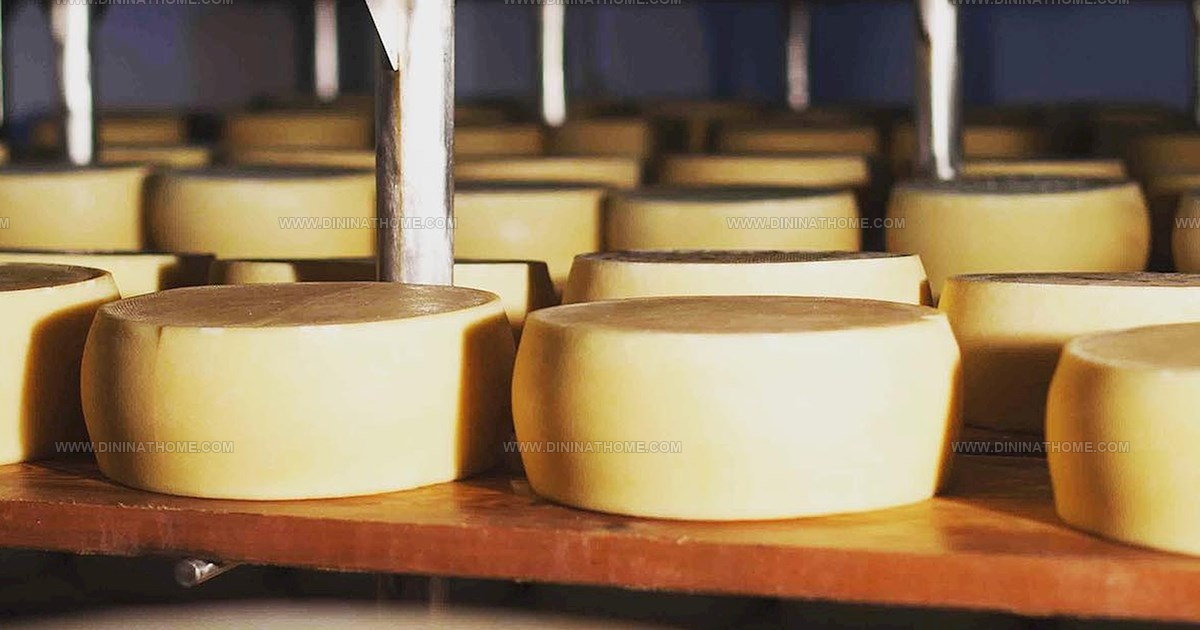
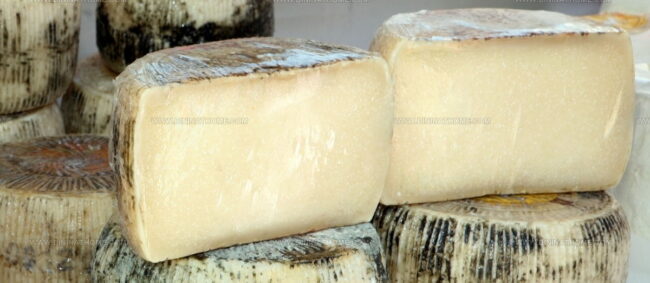
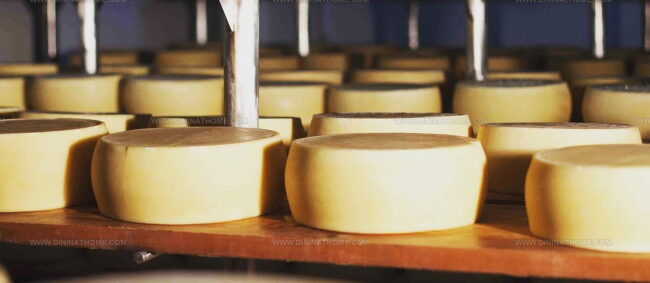
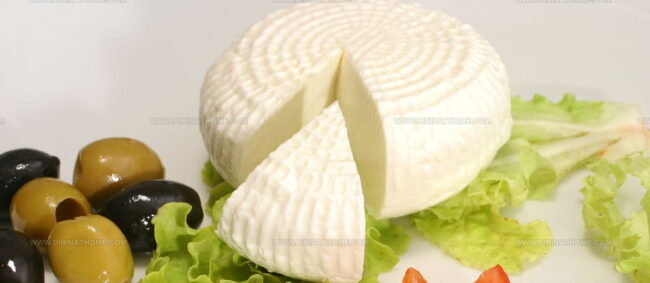
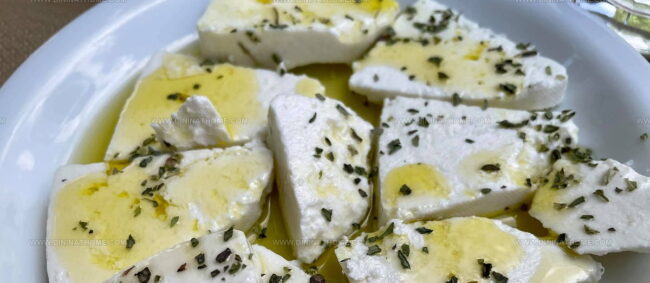
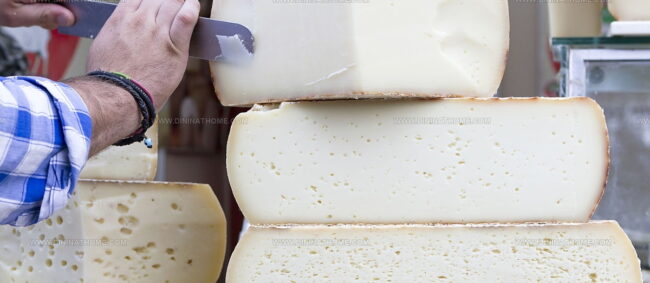
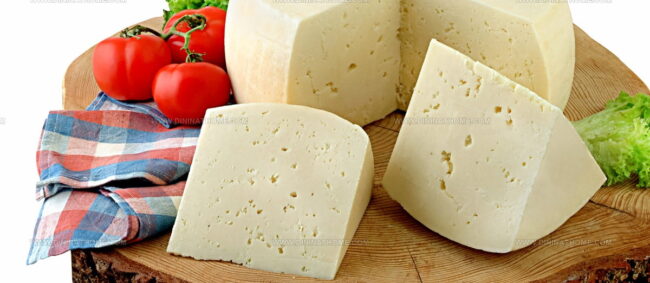
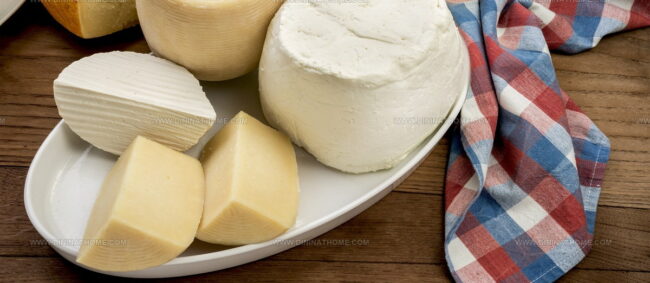
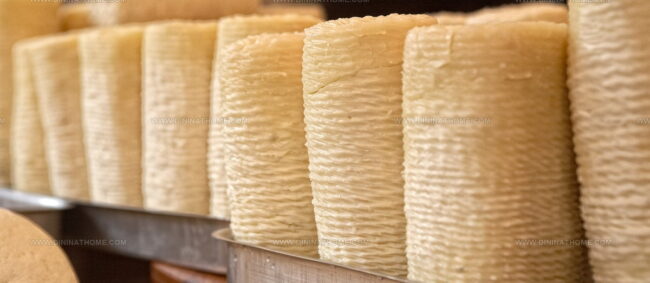
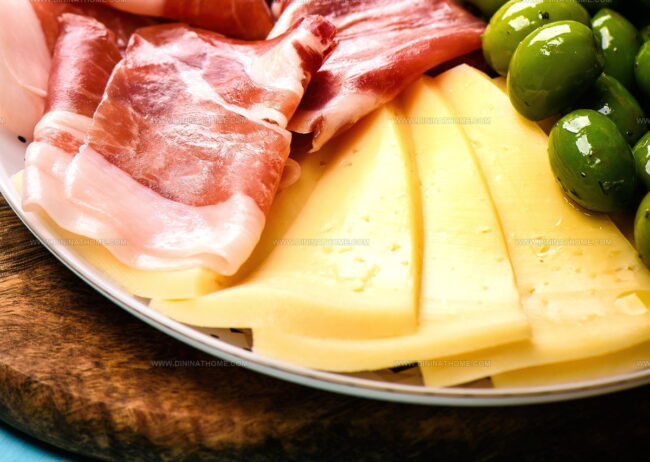
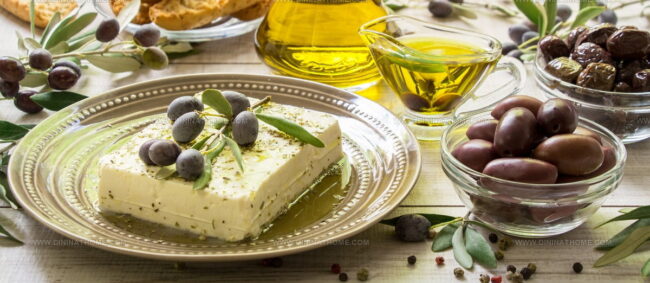
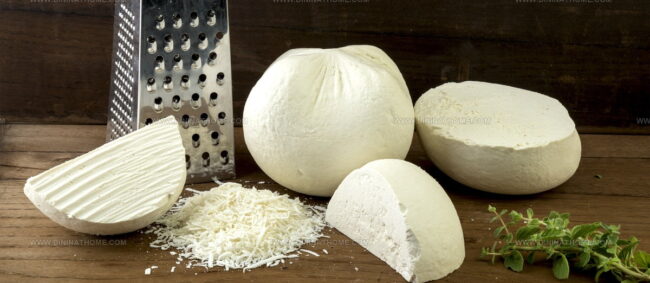
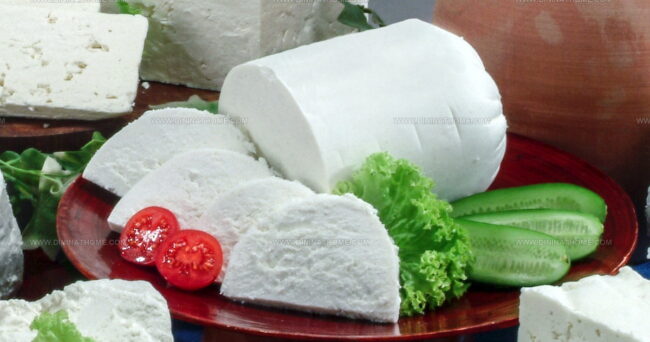
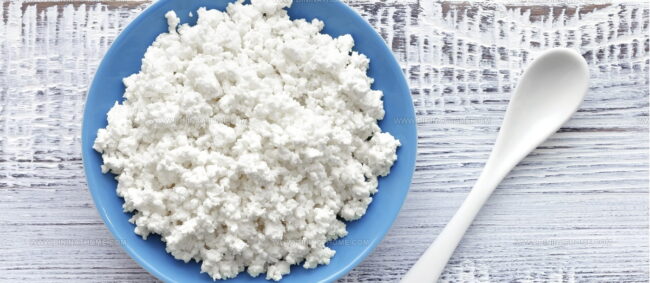
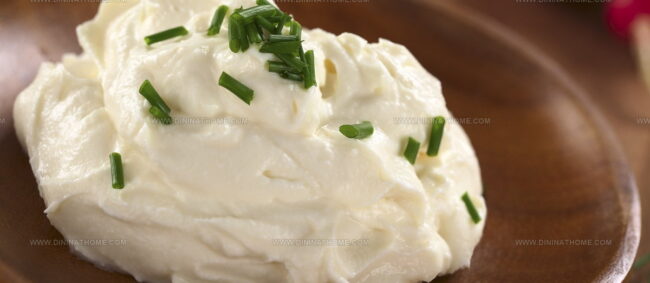
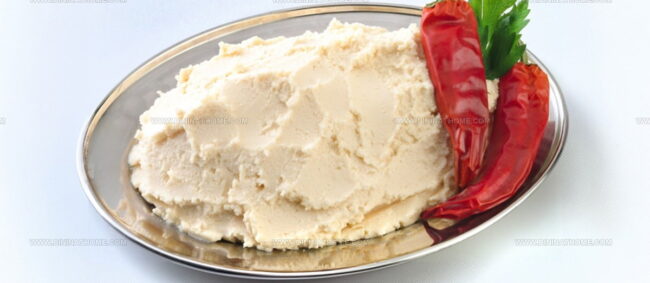
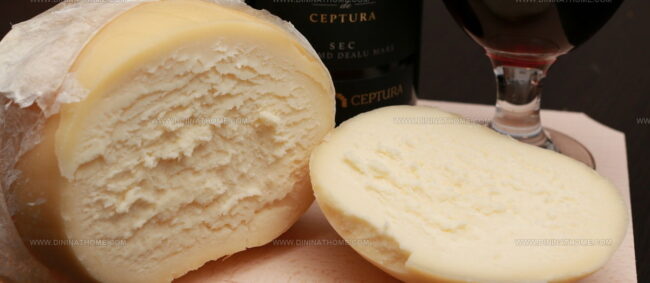
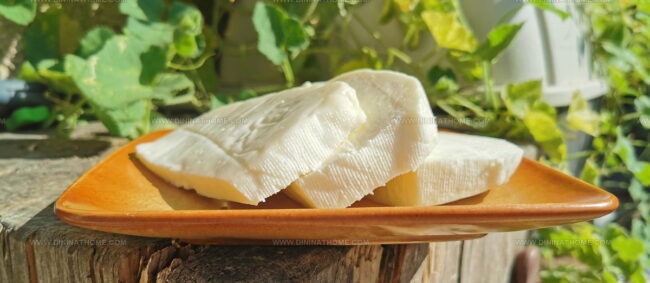
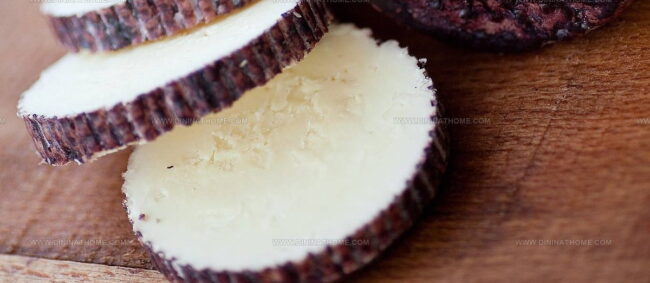
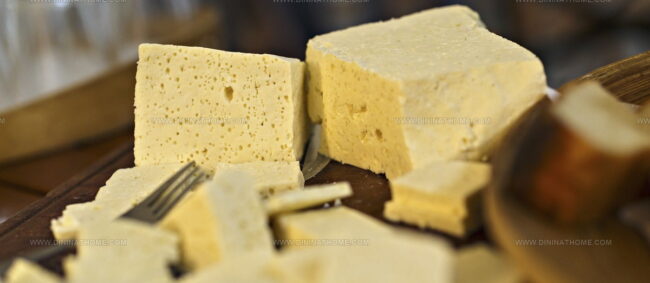

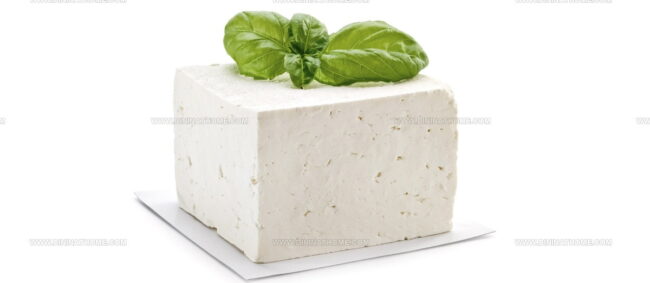
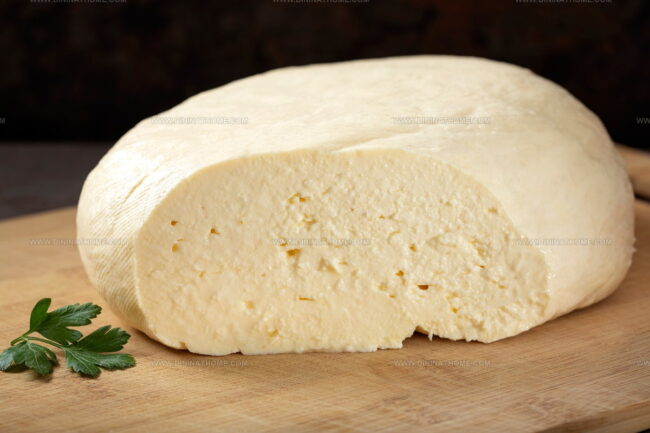
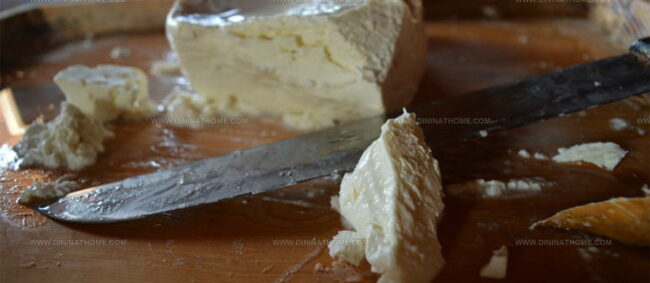
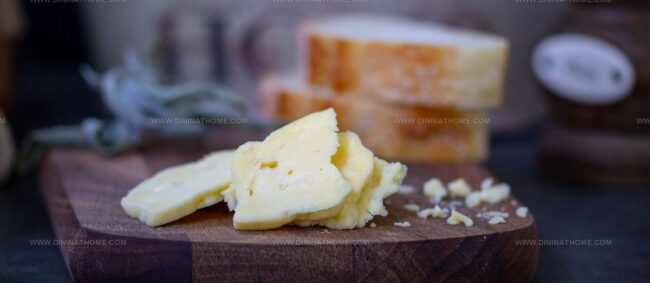
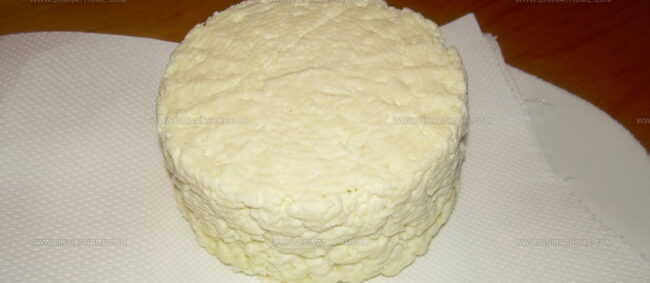
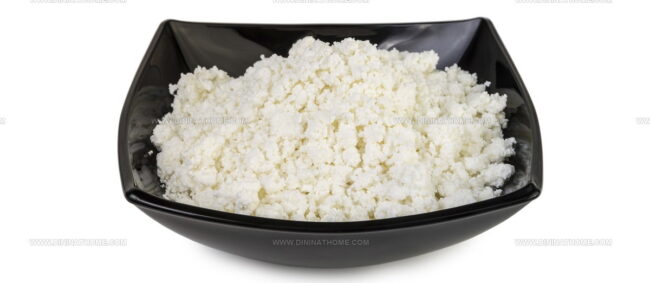
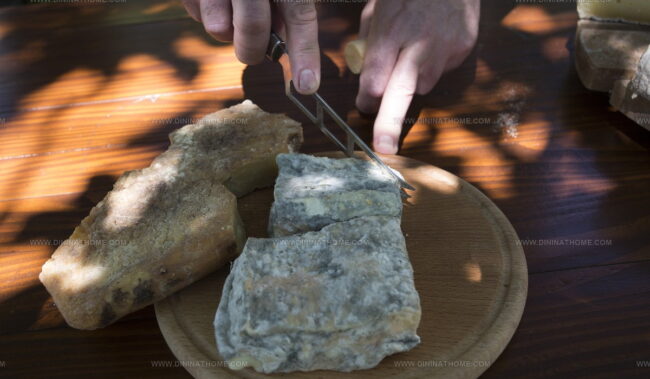
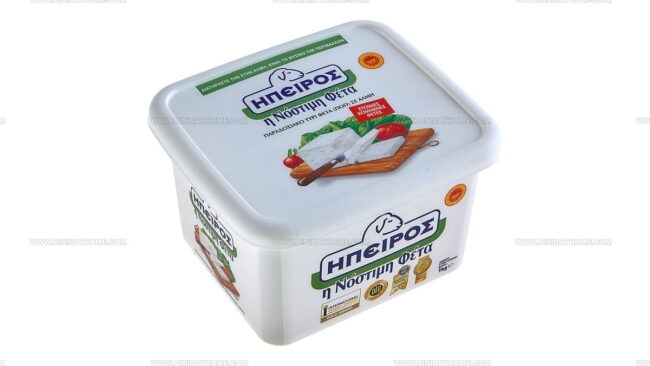
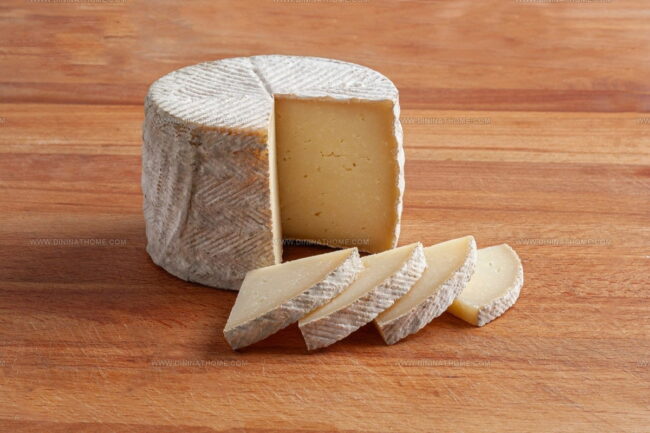
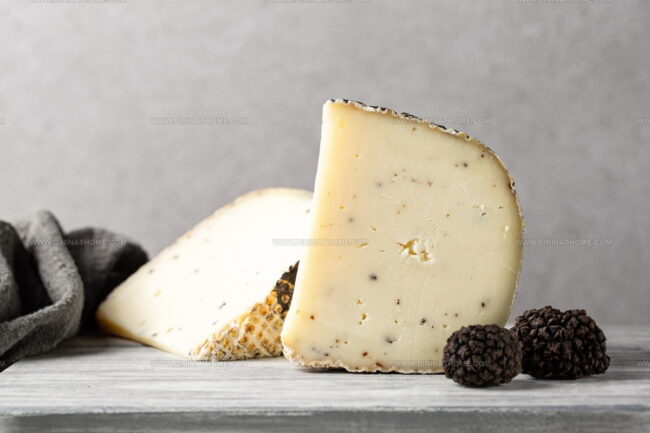
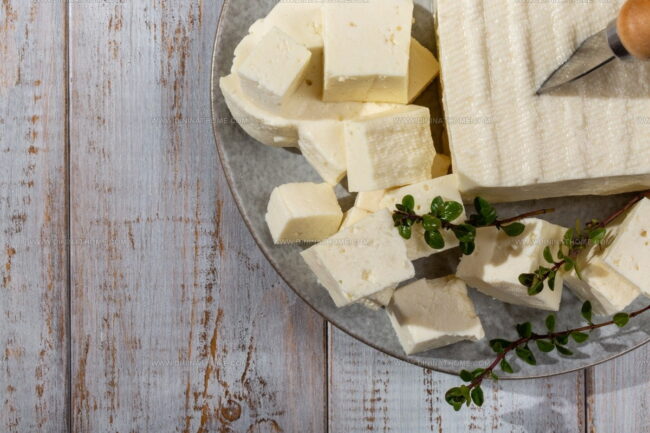
Emily Harper
Nutrition Consultant & Recipe Analyst
Expertise
Healthy Recipe Modification, Nutritional Analysis & Meal Planning, Global Cuisine & Dietary Adaptations
Education
School: French Pastry School, Chicago, IL
Program: L’Art de la Pâtisserie
Focus: Intensive training in traditional French pastry techniques, baking theory, and confectionery arts.
Emily’s journey started in a pastry kitchen but took a detour into the world of health and flavor science.
Graduating from the French Pastry School and studying nutrition opened her eyes to a new mission: making healthy food taste like something you’d actually crave.
At Dining At Home, Emily’s the go-to for smart, feel-good recipes that don’t trade flavor for nutrition.
She’s all about adding a fresh spin on old favorites and finding small ways to make everyday meals a little brighter.
Outside of the kitchen, Emily is most at home walking forest trails, testing plant-based recipes, or sharing a picnic under a wide-open sky.